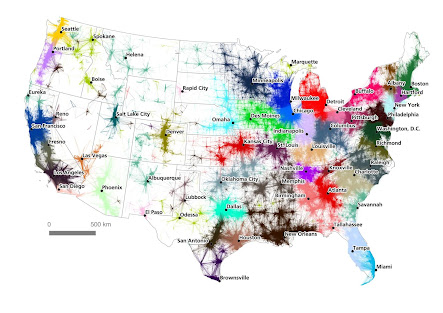From The Ground Up: Science For The Community
My last post talked about how ideas get transferred from the laboratory to markets so that they can be used by millions of people. What I’m going to talk about today is the other side of the coin – the way millions of people can use smartphones and today’s tech to help advance scientific research and improve the world. In other words – citizen scientists and how they help the clean tech and big data fields. One place where the community has been essential in understanding what’s going on in our world is in biodiversity and wildlife monitoring. Collecting data about where the different species are, what’s going on with their habitats has always been something that is hard and expensive to do for scientists. Imagine the effort it takes to distribute sensors and collect enough data about animals like tigers and bears! Scientists and policy makers have always relied to some extent on data collected by enthusiastic amateurs to help round out their data coll...


